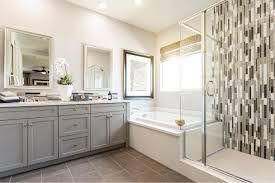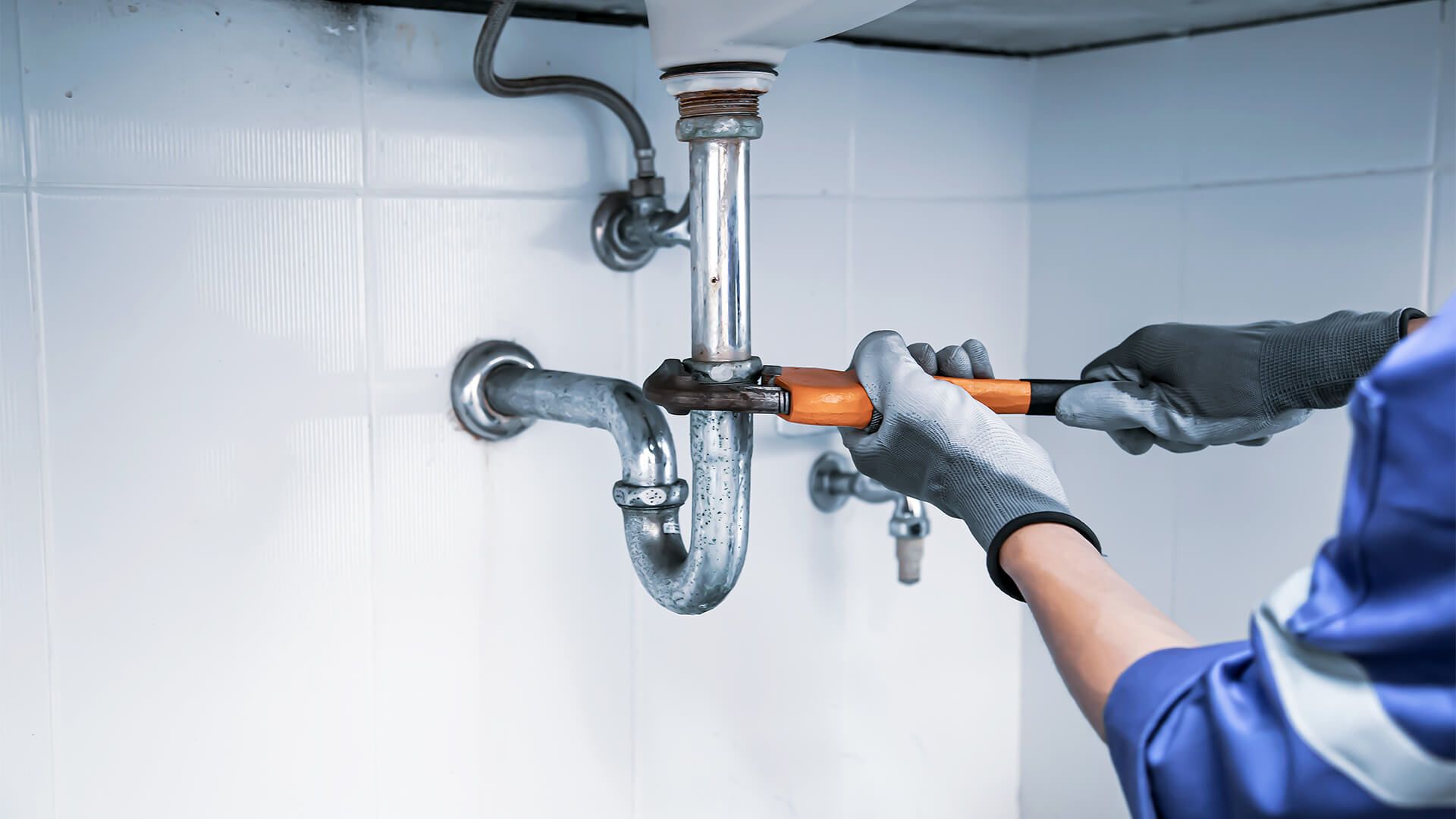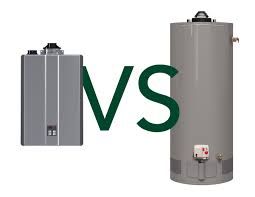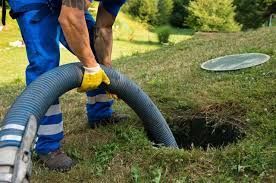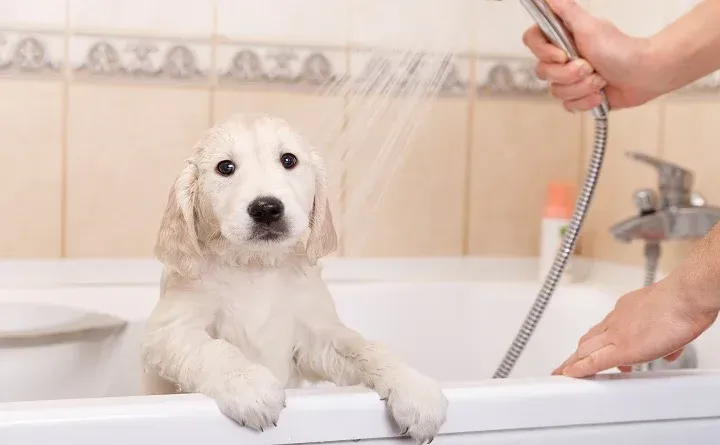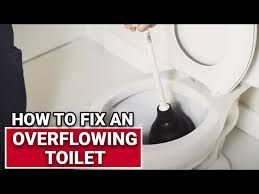20 Common Reasons for Waterline Leaks
Waterline leaks are more than an inconvenience — they can cause significant damage to your home, lead to costly repairs, and even increase your utility bills. These leaks often happen due to a combination of factors like aging pipes, environmental conditions, or faulty installation. Knowing the common causes of waterline leaks can help you stay ahead of any potential disasters and get repairs done before they escalate.
In this in-depth guide, we’ll explore 20 common reasons for waterline leaks, the potential risks, and the best solutions for each issue. Whether it’s tree roots invading your water pipes or high water pressure causing bursts, we’ll provide expert advice on how to address these common problems.
1. High Water Pressure
Water pressure that’s too high can cause significant stress on your pipes, resulting in leaks or even bursts over time. Though it might seem like high water pressure would only improve performance, it actually wears down pipes, especially in older systems.
Risks:
- Pipe bursts
- Water damage to property
Solutions:
Install a pressure regulator to keep water pressure within a safe range (typically 40-60 psi).
2. Broken Seals
Seals are used in appliances, faucets, and pipe joints to keep water where it belongs. Over time, these seals can wear out, dry up, or crack, which leads to leaks.
Risks:
- Water damage to surrounding areas
- Increased risk of mold growth
Solutions:
Regularly inspect seals and replace them as needed to avoid water damage and leaks.
3. Extreme Temperatures
Sudden or prolonged exposure to extreme temperatures can cause water inside your pipes to expand and contract, leading to cracks, leaks, or even burst pipes.
Risks:
- Pipe bursts
- Severe water damage
Solutions:
Ensure pipes are well-insulated, particularly those exposed to cold weather. During freezing conditions, leave faucets dripping to prevent water from freezing inside pipes.
4. Corrosion
Corrosion happens when metal pipes are exposed to water and oxygen over time, causing them to rust and eventually develop leaks.
Risks:
- Water contamination
- Major leaks or pipe bursts
Solutions:
Replace old metal pipes with modern, corrosion-resistant materials like PVC or PEX.
5. Tree Roots
Tree roots are notorious for invading water pipes in search of moisture. Once inside, roots can cause blockages, cracks, or even complete pipe collapse.
Risks:
- Crushed pipes
- Sewer backups and blockages
Solutions:
Keep trees planted away from waterlines, and if tree roots do become an issue, contact a professional to safely remove them and repair the pipes.
6. Clogged Waterlines
Blockages can increase pressure inside your pipes, leading to cracks or leaks. Clogs are often caused by debris, sediment, or tree roots obstructing the water flow.
Risks:
- Increased pressure causing pipe damage
- Poor water flow and eventual leaks
Solutions:
Regularly clean out your waterlines to prevent clogs and pressure buildup.
7. An Aging Waterline
Old waterlines are prone to leaks due to wear and tear over time. If your home has older pipes, they are more likely to develop cracks or weak points.
Risks:
- Increased frequency of leaks
- Expensive repairs due to pipe failure
Solutions:
Consider replacing your old waterlines with modern, more durable materials.
8. Corroded Pipes
Over time, corrosion can eat away at the walls of your pipes, weakening them and making them more likely to leak. Corrosion is especially common in older plumbing systems.
Risks:
- Structural failure of pipes
- Water contamination
Solutions:
Replace corroded pipes with more resilient materials such as PEX or copper.
9. Leaking Stopcocks
A leaking stopcock, the valve that controls water flow into your home, can allow water to escape, leading to significant water loss.
Risks:
- Water wastage
- High water bills
Solutions:
Regularly inspect stopcocks and replace them if you detect leaks.
10. Loose Water Connectors
Appliances like dishwashers, washing machines, and refrigerators are connected to your plumbing via water connectors. If these connectors become loose, they can start leaking.
Risks:
- Water damage near appliances
- Higher risk of mold growth
Solutions:
Ensure that all water connectors are tightly secured, and replace any worn or damaged connectors.
11. Damaged Pipe Joints
Pipe joints are points where two pipes meet, and these areas are more prone to wear and tear. When joints deteriorate, they can lead to leaks.
Risks:
- Leaks in hard-to-detect areas
- Significant water damage
Solutions:
Inspect and replace damaged pipe joints as needed to prevent leaks.
12. Shifting Soil
Shifting soil can occur due to natural settling, nearby construction, or even weather conditions. As the ground shifts, it can put stress on underground waterlines, leading to cracks or leaks.
Risks:
- Cracked or misaligned pipes
- Waterline rupture
Solutions:
Monitor the soil condition around your property and inspect underground waterlines regularly, especially after heavy construction or landscaping.
13. Freezing Temperatures
When temperatures drop below freezing, any water inside your pipes can freeze and expand, causing the pipe to crack or burst.
Risks:
- Severe water damage from burst pipes
- Flooding during thawing
Solutions:
Properly insulate pipes and let faucets drip during freezing weather to prevent ice from forming inside the pipes.
14. Ice Buildup
Ice buildup inside your pipes can block water flow and increase internal pressure, which eventually leads to leaks or pipe bursts.
Risks:
- Blocked waterlines
- Burst pipes
Solutions:
Keep your pipes insulated and ensure proper drainage to prevent ice from forming.
15. Faulty Installation
Waterline leaks can also result from improper installation, where pipes are not fitted correctly or are poorly aligned.
Risks:
- Immediate or long-term leaks
- Water damage due to poor workmanship
Solutions:
Always hire a certified professional to install or repair waterlines.
16. Tree Root Damage
Tree roots can enter small cracks in pipes and gradually expand, causing the pipes to burst or become severely blocked.
Risks:
- Crushed waterlines
- Water backups and leaks
Solutions:
Consider using root barriers and seek professional help to remove roots and repair damaged pipes.
17. Clogged Defrost Drains
In appliances like refrigerators, a clogged defrost drain can prevent water from draining properly, leading to leaks inside your home.
Risks:
- Water pooling around appliances
- Appliance malfunction
Solutions:
Regularly clean your defrost drains to prevent clogs.
18. Unbalanced Appliances
If large appliances like refrigerators or washing machines are not level, they can place unnecessary strain on the waterline connections, leading to leaks.
Risks:
- Water damage from loosened or damaged connections
- Risk of mold in damp areas
Solutions:
Ensure that all appliances are properly leveled and check the water connections periodically.
19. Broken Water Dispenser
A malfunctioning water dispenser, commonly found in refrigerators, can cause leaks if not properly maintained or repaired.
Risks:
- Water pooling around appliances
- Risk of water damage to floors and nearby areas
Solutions:
Check your water dispensers regularly and repair them promptly if you notice any leaks.
20. Broken Water Filter
A damaged or improperly installed water filter can also cause leaks in your waterline system, especially if it’s old or hasn’t been replaced as recommended.
Risks:
- Contaminated water supply
- Leaks around the filter housing
Solutions:
Replace water filters regularly and ensure they are properly installed to avoid leaks.
Potential Risks of Waterline Leaks
Waterline leaks, if left unaddressed, can result in a variety of problems, including:
- Water Damage: Leaks can destroy walls, floors, and furniture.
- Mold Growth: Constant moisture creates the perfect breeding ground for mold.
- High Water Bills: Even small leaks can lead to significant increases in water usage.
- Structural Damage: If water leaks into the foundation, it can weaken your home’s structure.
- Health Risks: Stagnant water from leaks can harbor bacteria and other harmful microorganisms.
Table of Common Waterline Leak Causes and Solutions
| Cause | Risk | Solution |
|---|---|---|
| High Water Pressure | Pipe bursts | Install pressure regulators |
| Tree Root Intrusion | Blocked or crushed pipes | Root barriers, professional removal |
| Corroded Pipes | Water contamination, major leaks | Replace with PVC or PEX |
| Shifting Soil | Misaligned pipes, cracks | Inspect pipes regularly, stabilize soil |
| Loose Water Connectors | Appliance damage, leaks | Tighten connectors, replace old hoses |
| Freezing Temperatures | Burst pipes | Insulate pipes, allow faucet drip |
Contact All City Plumbers for Waterline Leak Repairs
Waterline leaks can cause significant damage and inconvenience if not addressed quickly. Whether it's high water pressure, tree root damage, or shifting soil, it’s crucial to get these leaks repaired by professionals. At All City Plumbers, we specialize in detecting and fixing waterline leaks using the latest tools and technology to ensure your home stays safe and dry.
If you suspect a leak or need repairs, don’t hesitate to contact us today. We’re here to help!
